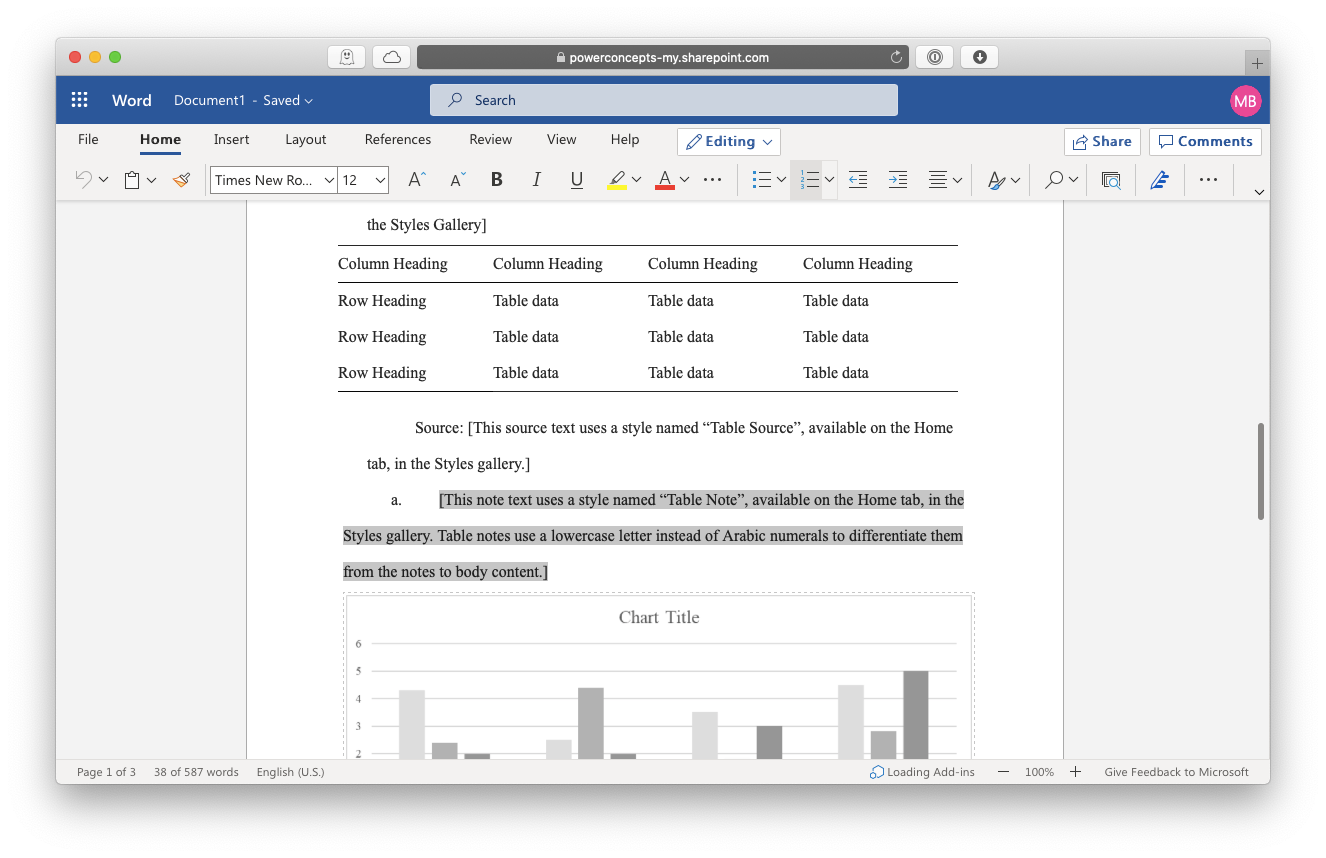
- #How to use microsoft excel 2015 for mac how to#
- #How to use microsoft excel 2015 for mac for mac os#
- #How to use microsoft excel 2015 for mac update#
- #How to use microsoft excel 2015 for mac series#
- #How to use microsoft excel 2015 for mac zip#
#How to use microsoft excel 2015 for mac how to#
For more details, please see How to change the date format in Excel. You will be able to easily change the date format later via the Format Cells dialog that opens on the Ctrl + 1 shortcut. These formats are marked with an asterisk (*) in the Format Cell dialog window and you can quickly access them on the Excel ribbon ( Home tab > Number group): If Excel has failed to recognize your input as a date and you see it left-justified in a cell, try inserting a date in some other format close to your default short or long date formats. The most obvious visual indication that Excel has recognized the date you've entered is its right-alignment in a cell as opposed to left-aligned text values. Quite often, Excel formats the newly inserted date according to your Windows default date settings, but sometimes it may leave it exactly as you typed. When you type something like that in a cell, Microsoft Excel knows you are entering a date and automatically applies the date format to that cell. You can type a date in an Excel cell in a variety of ways, for example, or, or 1-Jan, or January 1, 2015.
#How to use microsoft excel 2015 for mac series#
#How to use microsoft excel 2015 for mac update#
For example, do you want to enter a today's date in some report or invoice? Or, perhaps you want to insert a date in Excel that will update automatically and always display the current date and time? Or, maybe you want to auto fill weekdays or input random dates in your worksheet? There are several ways to add dates in Excel depending on what exactly you want to do. See how to insert today's date and current time as static time stamp or dynamic values, how to auto populate a column or row with weekdays, and how to auto fill random dates in Excel. application/ tutorial demonstrates various ways of entering dates in Excel.Thus, the data can pass through corporate firewalls without hindrance. In addition, security concerns are drastically reduced because the information is stored in XML, which is essentially plain text. Users can also use standard transformations to extract or repurpose the data. The application does not need to be a Microsoft product it can be any application. Any application that supports XML can access and work with data in the new file format. XLSX extends what is possible with the binary files of earlier versions. XLSX improves file and data management and data recovery.
#How to use microsoft excel 2015 for mac zip#
Files can be saved in the XLSX format, which is based on the Open XML format and uses ZIP compression for smaller file sizes. You are able to create diverse spreadsheets with multiple workbooks, formulae, and various data sources. It is a powerful tool you can use to create and format spreadsheets, graphs, do complex maths and much more. This time in the Excel sphere, Excel is known world wide.


Most versions of Microsoft Excel can read CSV, DBF, SYLK, DIF, and other legacy formats.

Used as the basis for XLS files it is a persistence format that supports authoring and manipulating content in workbooks and workbook templates. Microsoft Excel up until 2007 version used a proprietary binary file format called Binary Interchange File Format (BIFF) as its primary format.
#How to use microsoft excel 2015 for mac for mac os#
The current versions are 2010 for Microsoft Windows and 2011 for Mac OS X. It has been a very widely applied spreadsheet for these platforms, especially since version 5 in 1993, and it has almost completely replaced Lotus 1-2-3 as the industry standard for spreadsheets. It features calculation, graphing tools, pivot tables, and a macro programming language called Visual Basic for Applications. Pre-2007 versions of Excel use XLS as the primary format for saving files. Microsoft Excel is a commercial spreadsheet application written and distributed by Microsoft for Microsoft Windows and Mac OS X.


 0 kommentar(er)
0 kommentar(er)
